In this conversation, board member Susan Hopp interviews renowned marine mammal photographer and native Californian, Jodi Frediani, to learn more about how she got started in wildlife photography, what motivates and inspires her, and what tips she has for people who are interested in the field of wildlife photography.
In Conversation with Susan: A Feeding Frenzy in Cordell Banks
Status of the Southern Resident Killer Whales, and Ways to Help Them
Conservationist and ACS San Francisco Bay Chapter volunteer, Kylie West, provides us with an update on the status of the Southern resident killer whale population. She reports on total population metrics, recent births and deaths, current Endangered Species Act status, current threats, and steps we can take to help protect and conserve this important and treasured population of cetaceans.
Sailing Into the 2022 Speaker Series Finale
Help Our Oceans – Eliminate Single-Use Plastic
In early August, the Intergovernmental Panel on Climate Change (IPCC) issued its latest report on the climate crisis and the impact of CO2 in our atmosphere from the burning of fossil fuels. Described as a “Code Red for Humanity” and summary assessments from scientists like “We are out of time”, ACS community members might be wondering what can I do?
In Conversation with Izzy: A New Year Begins With Positive News About North Atlantic Right Whales
ACS Grant Recipient’s Organization Helps A Mexican Community Build Culture and Economy Around Cetaceans
ACS Grant Recipient’s Organization Helps A Mexican Community Build Culture and Economy Around Cetaceans
In a small village along the Mexican Pacific coast, Katherina Audley’s organization, the Whales of Guerrero Research Project identified an opportunity to help a community by creating a stronger bond with cetaceans that depend upon the Pacific Ocean for their survival.
ACS Grant Recipient's Research Shows Connection Between Whale Entanglement, Warmer Ocean Temperatures, and Dungeness Crab Fishing
In the last few years, the number of whales getting tangled up in fishing gear in local waters has skyrocketed. In 2016, the National Oceanic and Atmospheric Administration reported 71 separate cases of whale entanglement with fishing gear on the West Coast. That is 41 more instances of whale entanglement than in 2014 and the highest annual total since the agency first started keeping track in 1982.
Armed with 30 years of whale sighting data in the Farallon Islands, ACS San Francisco Bay Chapter research grant awardee Kaytlin Ingman set out to find out why more whales were getting caught in fishing equipment than nearly ever before.
Impacts of Anthropogenic Sound on Marine Life
When we consider major environmental threats to marine life, we often think of issues such as oil spills, overfishing, and plastic pollution. A threat that’s likely not as familiar to the general public but holds grave consequences is that of ocean noise pollution. NOAA’s National Ocean Service defines ocean noise pollution as “sounds made by human activities that can interfere with or obscure the ability of marine animals to hear natural sounds in the ocean.” An article in Yale Environment 360 shares a quote from marine scientist Christopher Clark: “We are injecting so much noise that we are effectively acoustically bleaching the world’s oceans.”
Steps to Reduce Your Plastic Waste
One of the most important actions we can take to protect whales and dolphins is reduce our usage of plastics, which all too often end up in the ocean. In fact, it’s predicted that by 2050, there will be more plastic in the ocean than fish. According to research, ten percent of all whales and dolphins have ingested plastic. Plastic stays in animals’ digestive tracks and can easily result in death. On June 2, 2018, a Guardian article reported that a whale died from eating more than 80 plastic bags. Another such tragedy involved sperm whales in the Mediterranean, where nine out of 24 carcasses revealed that the animals’ stomachs were blocked by large amounts of plastic. Sadly, plastic-related cetacean deaths such as these are not uncommon.
The Complexity of Species Extinction: Can Conservation Learn From The Past?
Last month the Vaquita received a lot of attention. NOAA announced plans to corral the last 30 or so of this severely endangered species and place them in sea pens. They will use specially trained navy dolphins to assist in capturing the most endangered porpoise in the world and transport its members to San Filipe where the species will hopefully recover to the point they can be released back into their natural habitat. This multi-million dollar plan to save a species from human-caused extinction illustrates how complex extinction can be. Not just because we have the ability to engineer recovery of species on the brink but because when it comes to studying illusive cetaceans, a lot of time and money is needed simply to assess numbers in populations and perform genetic analysis, all research essential in order to determine stock size and vulnerability. The vaquita is not the first cetacean to reach this level of human-caused vulnerability. The Baiji river dolphin’s story was remarkably similar, a spices that is now extinct.
Bay Area Updates From The 2016 International Cetacean Conference
The American Cetacean Society hosted their 15th international cetacean conference in Monterey last month. The conference included a host of well-known names and a ton of interesting current research. I want to share with you some of the topics that relate to the bay area as well as some of the interesting advances in the field of cetacean science.
